Scientist of the Day - Lorenzo Sitgreaves
Lorenzo Sitgreaves, a U.S. Army officer and explorer, died May 14, 1888; his age and date of birth are unknown. In 1849, a Topographical Engineer named James Simpson had led an expedition to survey the country west of Santa Fe, New Mexico. The Simpson survey got as far as the Zuni pueblo in western New Mexico before turning back. In 1851, Sitgreaves was ordered to continue the survey west, to the Colorado River and thence all the way to the Gulf of California. One person he inherited from the Simpson expedition was Richard H. Kern, an expedition artist, which was quite a boon, as we shall see.
The Sitgreaves expedition did not take very long to fulfill its mission, less than 2 months in the fall of 1851. They intended to follow the Zuni River to the Little Colorado, and then into the Grand Canyon of the Colorado. But they never made it to the Grand Canyon, taking an overland shortcut instead, which was fortunate, for they encountered a number of little-known native tribes, such as the Yampai, that they otherwise would have missed. Richard Kern sketched them all, providing a visual record of these tribes that is almost unique. We see above a Zuni Buffalo Dance, a Zuni weaver at work, and portraits of members of the Yampai, Cosnina, and Mohave tribes, as well as a desert juniper.
Sitgreaves, as he was required to do, published a report of his survey in 1853. It is very scanty, as such reports go, being only 24 cursory pages; the bulk of the volume is filled by the natural history report, compiled by the surgeon Samuel W. Woodhouse, and by lithographs made from Kern's drawings. Kern died the year the Report was published, in a Paiute ambush while on the Gunnison expedition into Colorado. Sitgreaves lived much longer, even surviving the Civil War, which was not typical for an Army officer.
Our copy of the Sitgreaves Report is a second printing, 1854. We displayed it in our 2004 exhibition, Science Goes West.
Dr. William B. Ashworth, Jr., Consultant for the History of Science, Linda Hall Library and Associate Professor, Department of History, University of Missouri-Kansas City. Comments or corrections are welcome; please direct to ashworthw@umkc.edu.


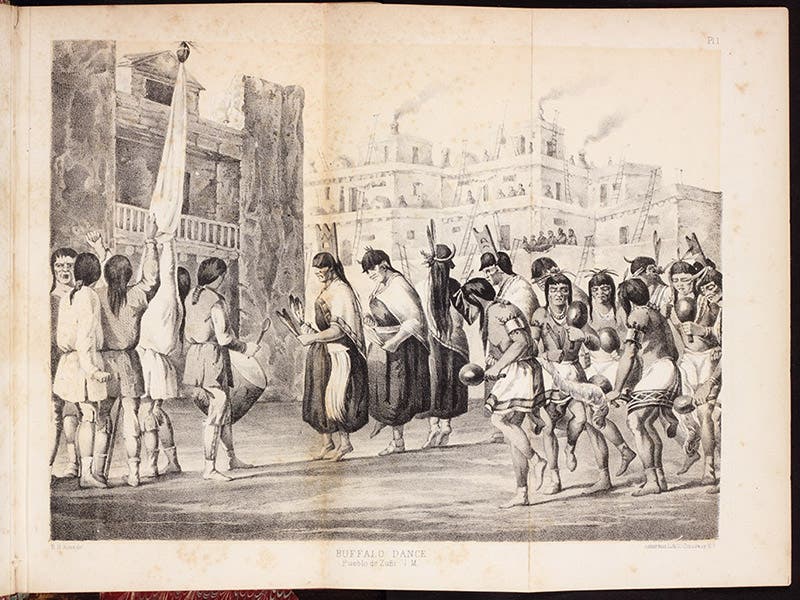
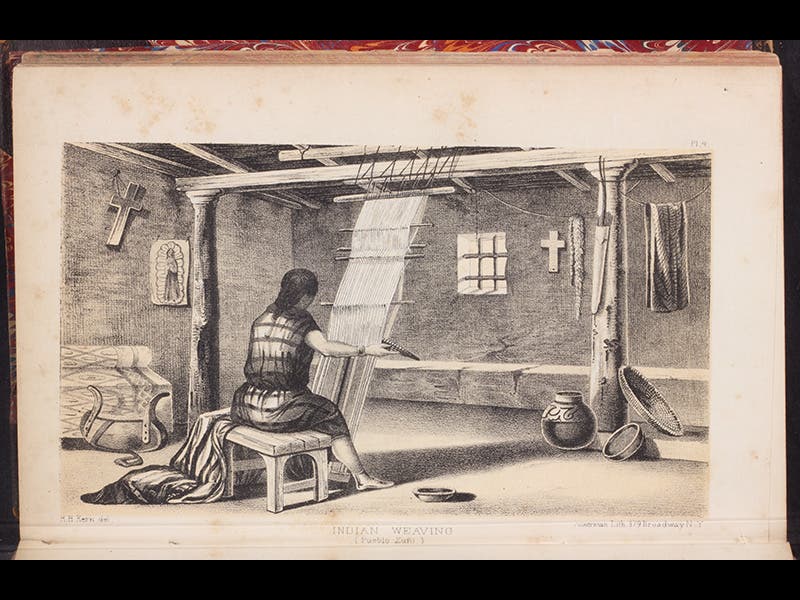
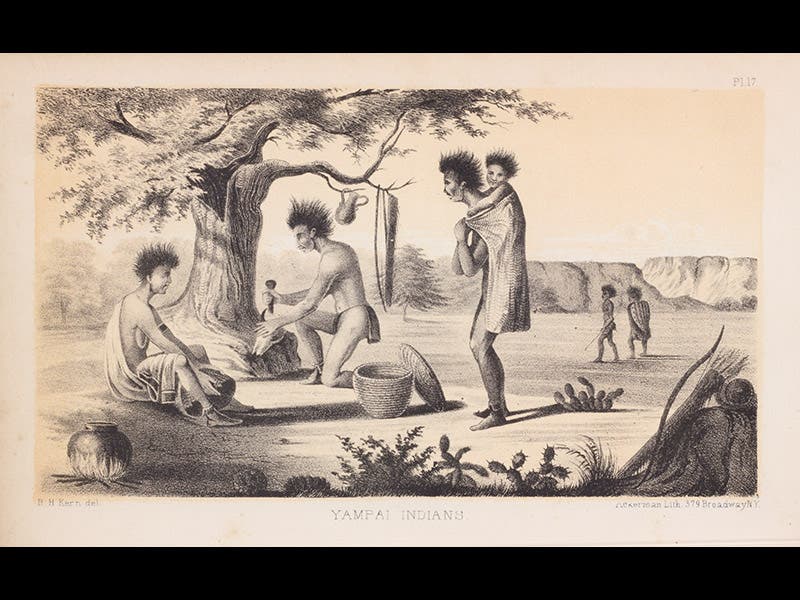
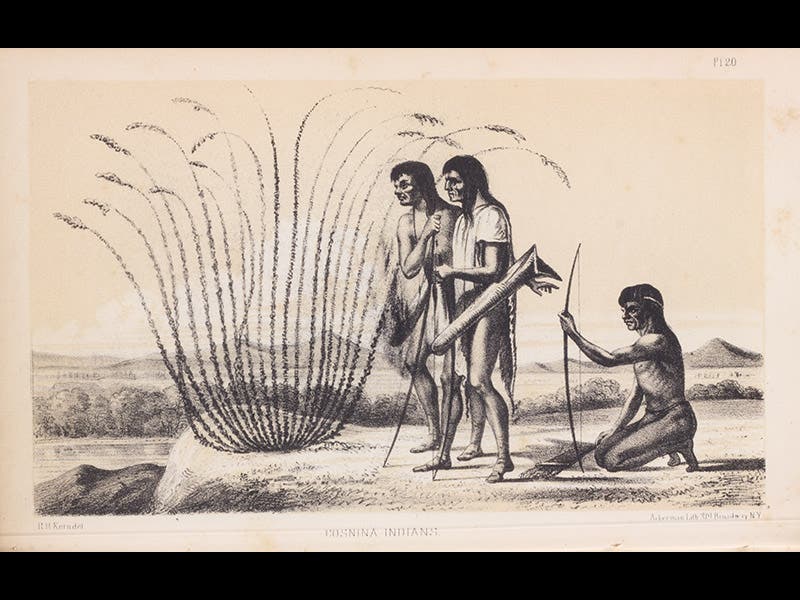
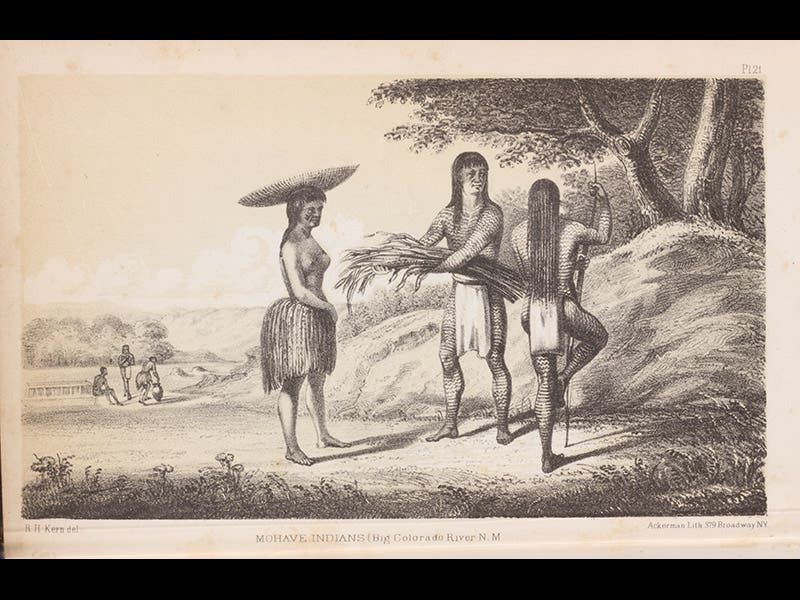



![“Aurora Borealis,” hand-colored wood engraving by Josiah Wood Whymper, [Natural Phenomena], plate 2, 1846 (Linda Hall Library)](https://assets-us-01.kc-usercontent.com:443/9dd25524-761a-000d-d79f-86a5086d4774/0245ffcb-b70c-477c-8792-0a73ebd54eb2/Whymper%2011.jpg?w=210&h=210&auto=format&fit=crop)

